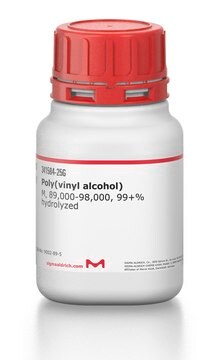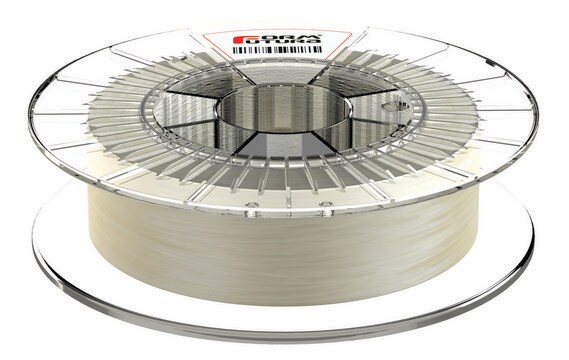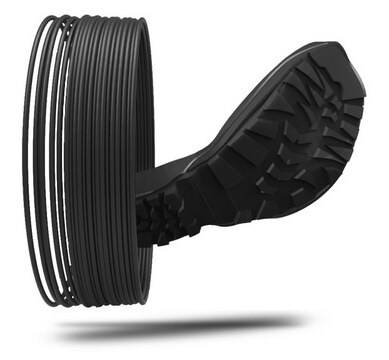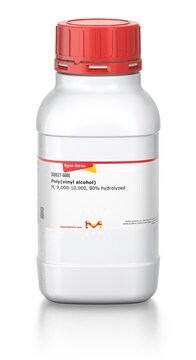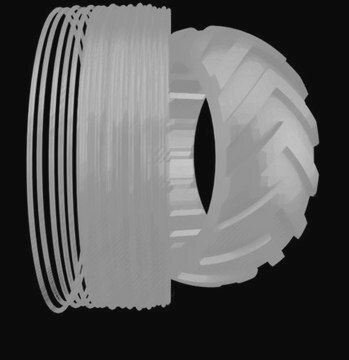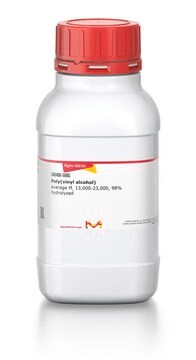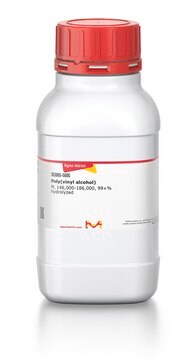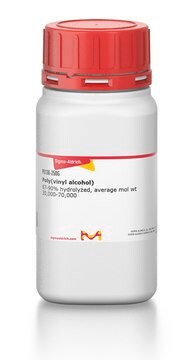901029
Polyvinyl alcohol (PVA) printing filament
1.75 mm
Synonyme(s) :
AquaSolve™, PVA filament
About This Item
Produits recommandés
Description
Filament diameter: 1.75 ± 0.05 mm
Filament roundness: ≥95%
Melt flow rate: 14-20 g/10 min
Melt temperature: ± 163 °C
Print temperature: ±180-205 °C
Specific gravity: 1.23 g/cc
Spool Hub Diameter: 52 mm
Spool Size (D x H): 200 mm x 55 mm
Viscat softening temperature: ± 60.2 °C
Forme
solid (filament)
Couleur
colorless
InChI
1S/C2H4O/c1-2-3/h2-3H,1H2
Clé InChI
IMROMDMJAWUWLK-UHFFFAOYSA-N
Vous recherchez des produits similaires ? Visite Guide de comparaison des produits
Catégories apparentées
Description générale
Application
Informations légales
Code de la classe de stockage
11 - Combustible Solids
Classe de danger pour l'eau (WGK)
WGK 1
Point d'éclair (°F)
49.5 °F
Point d'éclair (°C)
9.7 °C
Faites votre choix parmi les versions les plus récentes :
Certificats d'analyse (COA)
Vous ne trouvez pas la bonne version ?
Si vous avez besoin d'une version particulière, vous pouvez rechercher un certificat spécifique par le numéro de lot.
Déjà en possession de ce produit ?
Retrouvez la documentation relative aux produits que vous avez récemment achetés dans la Bibliothèque de documents.
Les clients ont également consulté
Notre équipe de scientifiques dispose d'une expérience dans tous les secteurs de la recherche, notamment en sciences de la vie, science des matériaux, synthèse chimique, chromatographie, analyse et dans de nombreux autres domaines..
Contacter notre Service technique
